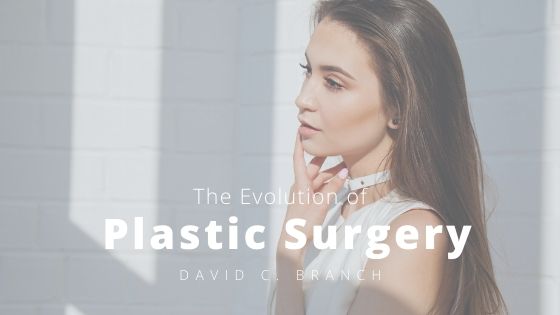The specialty of plastic surgery traces its origins to the first part of the 20th century. Though we associate it with cosmetic procedures today, plastic surgery got its start after World War I. Soldiers were surviving more severe injuries than ever before. However, they were returning home more disfigured than ever before, too. Operating on faces to restore functionality and help veterans socialize became a priority for the medical profession. By repairing the faces of soldiers who’d lost their jaws, surgeons gave them their lives back.
Since then, plastic surgery has become a huge industry. It involves both elective and reconstructive procedures. The specialty has developed rapidly, particularly over the last 20 or so years. One of the biggest changes is the number of procedures that plastic surgeons are performing. Surgeries have increased by more than twofold since 1997. During that year, about 750,000 plastic surgeries were performed. By 2013, the number was closer to two million.
Not everything plastic surgeons do is as invasive as it used to be. That’s another trend within the industry. Though the specialty is known for big procedures like breast augmentations and tummy tucks, that’s a small part of most plastic surgery practices today. Injectables like Botox, Restalyne and Juvederm account for a huge portion of the business done by most plastic surgeons today. These freezing and filling procedures have replaced operations like facelifts for many patients. In 2013, there were over 10 million such injectable procedures performed. By contrast, in the late 1990s, the number was closer to 750,000.
That trend of increased numbers of procedures looks like it’s poised to keep going. As new cosmetic procedures develop, they’re becoming less and less invasive. For example, CoolSculpting can lyse fat cells by cooling them. CoolSculpting removes fat cells permanently, just like liposuction. However, as a non-invasive procedure, it doesn’t require any anesthesia. Side effects may include bruising, but there’s far less chance of infection than with traditional surgery.
These new options are making it more possible than ever before for people to consider cosmetic procedures. They require less recovery time, and they’re generally less expensive, too. Finally, in some cases, the results are more visible more quickly than with traditional plastic surgeries.

